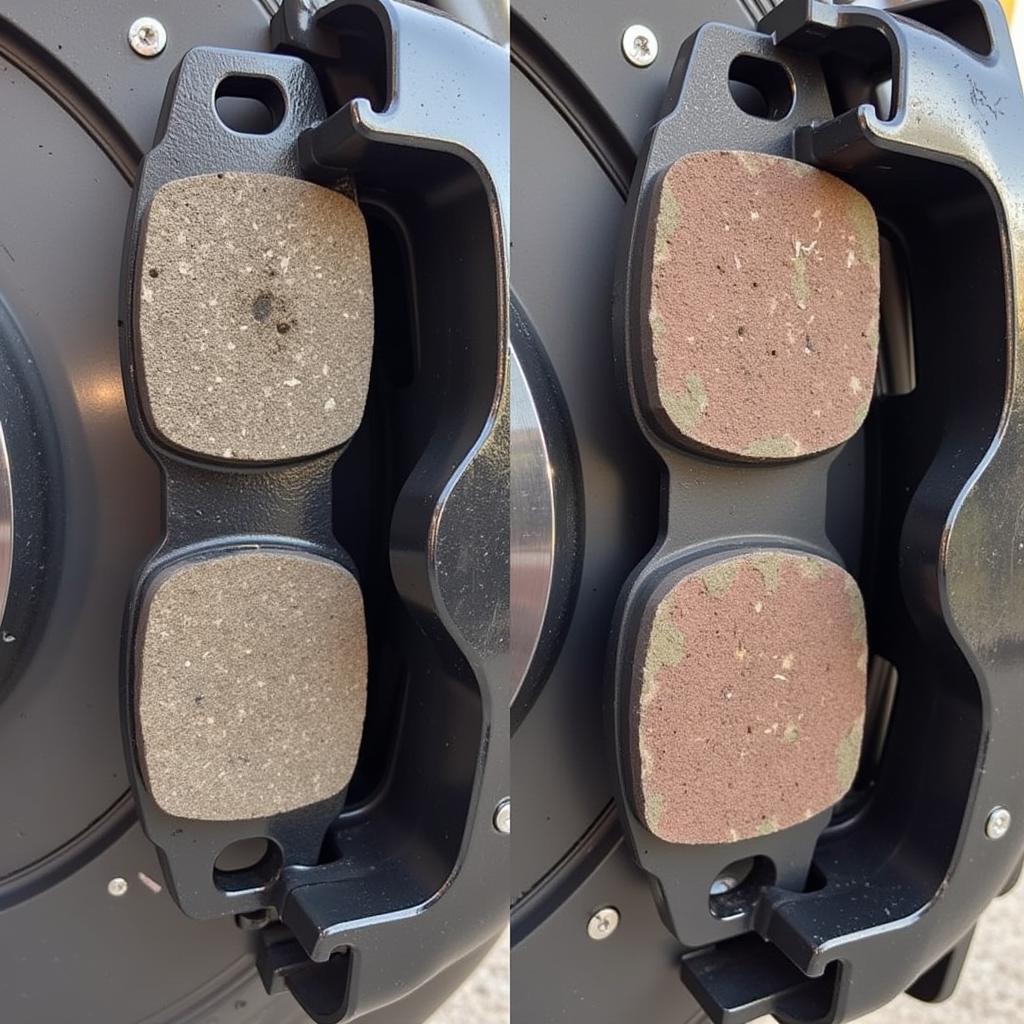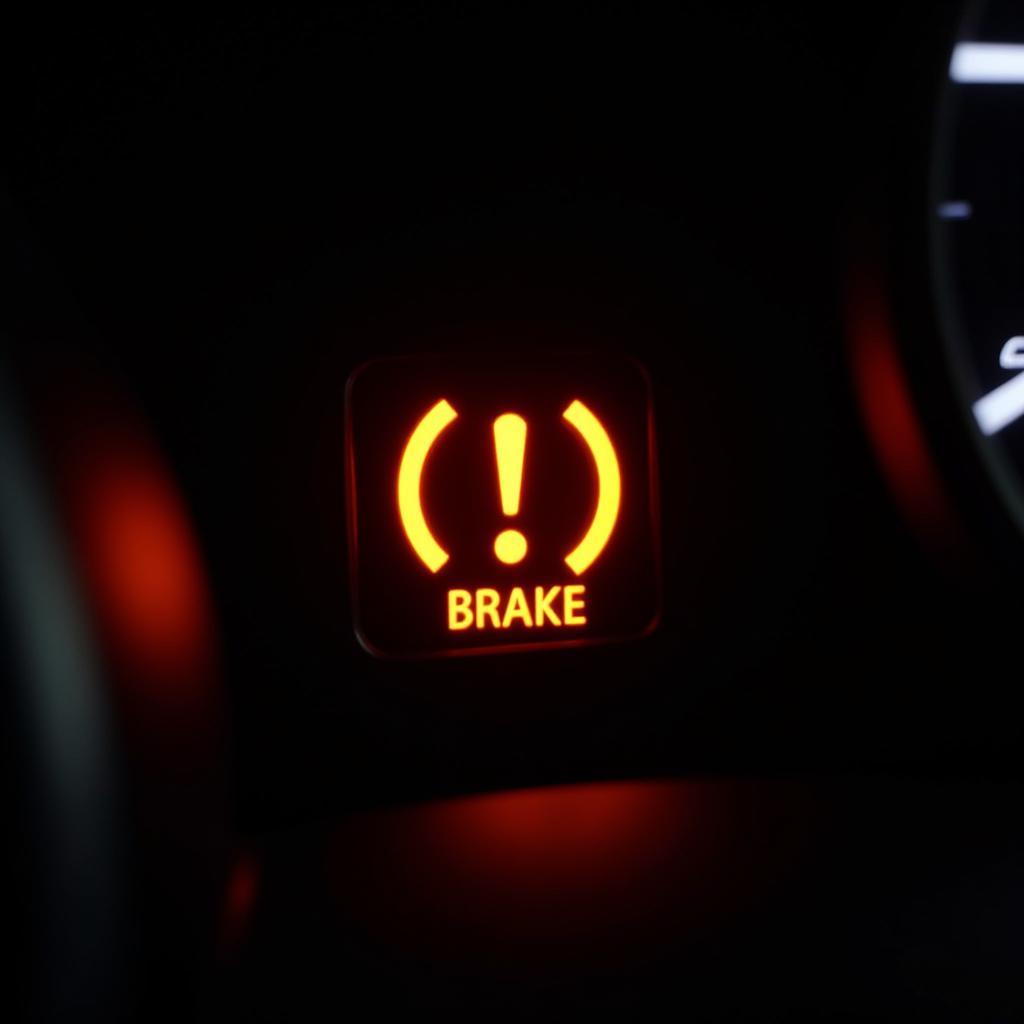The modern car is a symphony of electronics, and nowhere is this more evident than in the car audio system. A critical component ensuring your car audio sings rather than staying silent is the dual car radio wiring harness. This intricate network of wires carries power and signals to your speakers, ensuring you enjoy your favorite tunes on the road. However, like any electrical system, wiring harnesses can encounter issues. This guide dives deep into common problems, diagnosis, and solutions for dual car radio wiring harness problems.
Understanding Your Dual Car Radio Wiring Harness
Before we delve into troubleshooting, it’s beneficial to understand the function and importance of the dual car radio wiring harness. In essence, this harness acts as the central nervous system of your car audio, transmitting power from the car battery to the radio unit and channeling audio signals to the speakers. It comprises multiple wires, each with a specific function denoted by its color. A well-functioning harness is crucial for clear, uninterrupted audio and overall system stability.
Common Dual Car Radio Wiring Harness Problems
Several issues can arise with a dual car radio wiring harness, often resulting in frustrating audio problems. Here are some of the most prevalent:
1. No Sound or Distorted Audio
One of the most common and noticeable problems is complete sound loss or distorted audio output. This could manifest as static, crackling noises, or muffled sound.
Possible Causes:
- Loose or Damaged Wiring: Vibrations or accidental damage can cause wires to become loose or frayed, disrupting signal flow.
- Blown Fuse: A sudden power surge or short circuit can blow the fuse protecting the radio circuit.
- Faulty Head Unit: While less common, a malfunctioning head unit can cause audio output issues.
2. Intermittent Audio Problems
Another common problem is intermittent sound, where the audio cuts in and out unexpectedly. This can be particularly frustrating when driving.
Possible Causes:
- Loose Connections: Loose connections within the wiring harness, especially at the back of the head unit or speakers, can cause intermittent sound dropouts.
- Damaged Wires: Wires with internal breaks or damage might make intermittent contact, leading to inconsistent audio.
3. Power Issues
Sometimes, the radio might not power on at all, or it might turn on and off intermittently.
Possible Causes:
- Blown Fuse: Similar to audio problems, a blown fuse is a common culprit for power issues.
- Wiring Problems: A short circuit, damaged wiring, or a faulty ignition switch can interrupt power supply to the radio.
Diagnosing the Problem: Getting to the Root Cause
Identifying the exact cause of the problem is crucial before attempting any repairs. Here’s a systematic approach:
1. Visual Inspection
Start by visually inspecting the wiring harness for any visible signs of damage, such as:
- Loose Wires: Check for wires that have become detached or loose from their connectors.
- Frayed or Cut Wires: Examine the harness for any signs of fraying, cuts, or burns on the insulation.
- Damaged Connectors: Inspect connectors for bent pins, corrosion, or any physical damage.
2. Fuse Check
Locate the fuse box (usually under the dashboard or hood) and consult the owner’s manual to identify the radio fuse. Check if the fuse is blown, indicated by a broken wire inside.
3. Testing with a Multimeter
For more in-depth diagnosis, a multimeter comes in handy. This tool can check for continuity, voltage, and resistance, helping pinpoint the issue:
- Continuity Test: Check for continuity between different points in the wiring harness to identify breaks or open circuits.
- Voltage Test: Measure voltage at various points to ensure the radio is receiving proper power.
Essential Tools for Repairing a Dual Car Radio Wiring Harness
Having the right tools can make the repair process smoother. Here’s what you’ll need:
- Wire Strippers/Cutters: For stripping insulation and cutting wires to length.
- Crimping Tool: To create secure connections with crimp connectors.
- Electrical Tape: For insulating wire connections and repairs.
- Soldering Iron and Solder (optional): For more permanent and reliable connections.
- Multimeter: To test for continuity, voltage, and resistance.
Repairing the Wiring Harness: A Step-by-Step Guide
Once you’ve identified the problem, you can proceed with the repair. Here’s a general guide:
-
Disconnect the Battery: Before working on any electrical system, always disconnect the negative terminal of the car battery to prevent electrical shocks or damage.
-
Repair or Replace Damaged Wires: If you find damaged wires, you can either repair them by splicing in new sections of wire or replace the entire harness section.
-
Secure Loose Connections: Push any loose wires back into their connectors firmly. If the connector is damaged, replace it.
-
Replace Blown Fuse: If you find a blown fuse, replace it with a new one of the same amperage rating.
-
Reconnect the Battery: After completing the repairs, reconnect the negative battery terminal.
Seeking Professional Help: When to Call in the Experts
While simple repairs can be done at home, it’s best to seek professional help if:
- You are uncomfortable working with electrical systems.
- The problem persists after basic troubleshooting.
- The wiring harness is extensively damaged.
- You suspect a problem with the car’s electrical system beyond the radio.
Frequently Asked Questions About Dual Car Radio Wiring Harness Issues
Q1: Can I install a new car stereo myself?
A: Yes, installing a new car stereo is possible with some technical know-how. However, if you’re unfamiliar with car audio systems or uncomfortable working with electrical components, it’s best to seek professional installation.
Q2: Why is there a buzzing sound coming from my speakers?
A: A buzzing sound often indicates a grounding issue. Ensure the ground wire of the wiring harness is properly connected to a clean, unpainted metal surface on the car’s chassis.
Q3: My radio works intermittently. Could it be the wiring harness?
A: Yes, intermittent audio problems can be caused by loose connections or damaged wires within the harness. A visual inspection and testing with a multimeter can help pinpoint the issue.
Q4: What is Cardiagtech, and how can it help with my car audio problems?
A: Cardiagtech offers advanced car diagnostic tools and software solutions, helping mechanics and car enthusiasts diagnose and repair various automotive issues, including those related to car audio systems.
Conclusion
Troubleshooting dual car radio wiring harness issues can seem daunting, but with a systematic approach and this guide at your disposal, you can often pinpoint and resolve the problem. Remember, a properly functioning wiring harness is crucial for a safe and enjoyable driving experience. However, always prioritize safety and consult a qualified mechanic if you encounter complex issues or are uncomfortable working with automotive electrical systems.
For further assistance with car diagnostics and repairs, explore the range of products and services offered by Cardiagtech. They can provide the tools and expertise you need to keep your car running smoothly.



